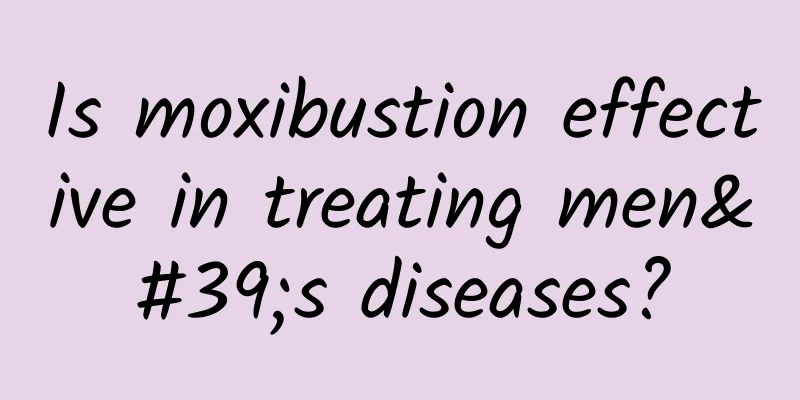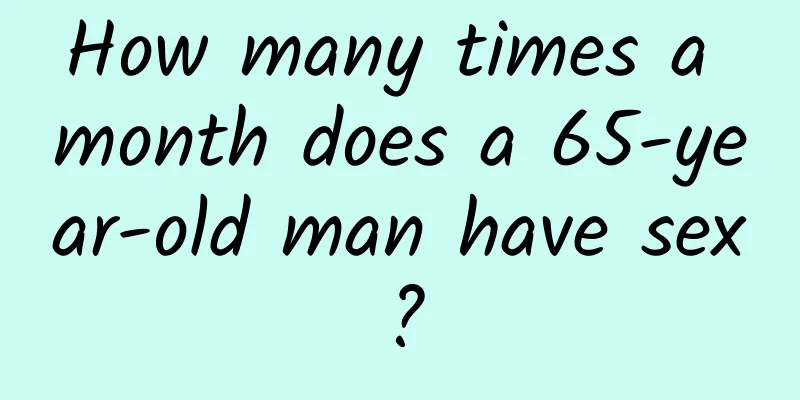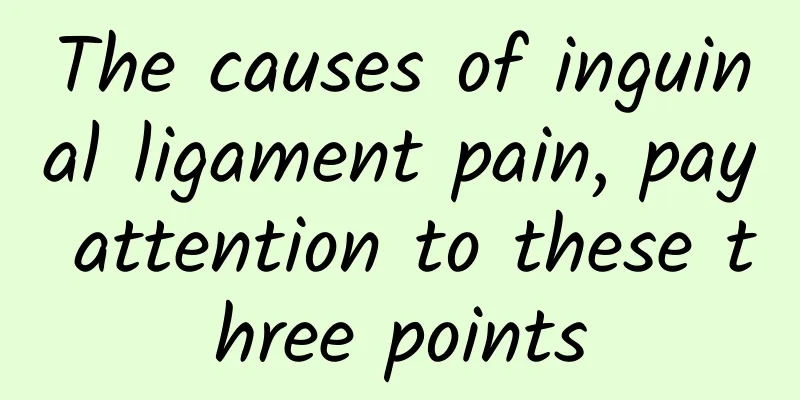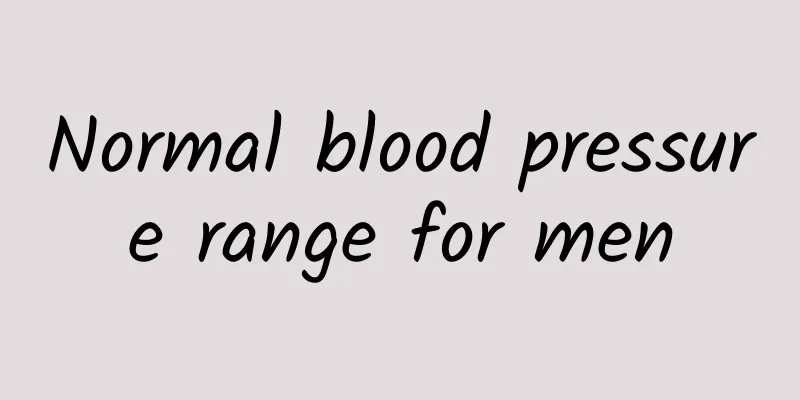What are the treatments for acute and chronic prostate disease?
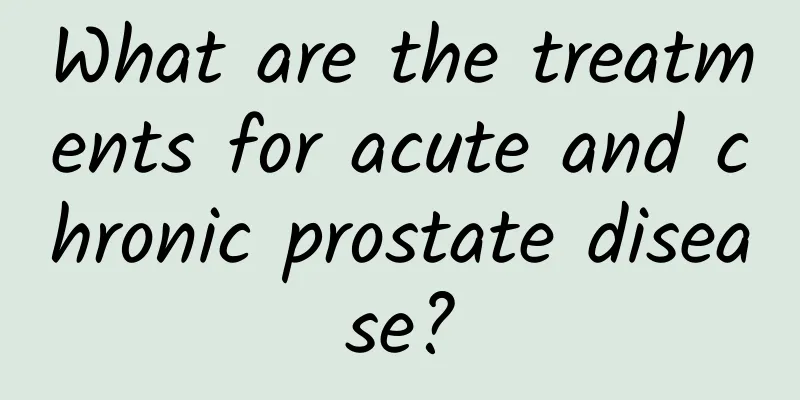
|
Acute and chronic prostatitis are mainly divided into two types, one is bacterial prostatitis and the other is non-bacterial prostatitis. The most common cause is that male friends do not pay attention to their hygiene habits. There are many clinical manifestations, such as genital pain, endocrine disorders, and urinary dysfunction. As a relatively embarrassing disease, let us take a look at the treatments for acute and chronic prostatitis. 1. General treatment Patients should conduct psychological counseling on their own, maintain a cheerful and optimistic attitude towards life, abstain from alcohol, and avoid spicy and irritating foods; avoid holding urine, sitting for long periods of time, and riding a bicycle or horse for long periods of time, pay attention to keeping warm, and strengthen physical exercise. 2. Drug treatment The most commonly used drugs are antibiotics, α-receptor blockers, herbal preparations and non-steroidal anti-inflammatory analgesics. Other drugs also have varying degrees of effectiveness in relieving symptoms. (1) Antibiotics: Currently, in the clinical practice of treating prostatitis, the most commonly used first-line drug is antibiotics, but only about 5% of patients with chronic prostatitis have clear bacterial infection. Chronic bacterial prostatitis: antibiotics are selected based on bacterial culture results and the ability of the drug to penetrate the prostate. After prostatitis is confirmed, the course of antibiotic treatment is 4 to 6 weeks, during which the patient should undergo periodic efficacy evaluation. Intraprostatic injection of antibiotics is not recommended. Chronic nonbacterial prostatitis: Antibiotic treatment is mostly empirical treatment, and the theoretical basis is to speculate that certain pathogens that are negative in routine culture cause the occurrence of this type of inflammation. Therefore, it is recommended to take oral antibiotics such as fluoroquinolone for 2 to 4 weeks, and then decide whether to continue antibiotic treatment based on the feedback of the efficacy. Only when the clinical symptoms are indeed alleviated, it is recommended to continue the use of antibiotics. The recommended total course of treatment is 4 to 6 weeks. (2) α-receptor blockers α-receptor blockers can relax the smooth muscles of the prostate and bladder and improve lower urinary tract symptoms and pain, thus becoming a basic drug for the treatment of type II/type III prostatitis. The above are the treatments for acute and chronic prostatitis. The two different treatments are aimed at different degrees of disease development. When the disease is mild, general treatments can be used, but when the disease worsens, medication or even surgery is needed. Many male friends think that this is a relatively embarrassing disease and are unwilling to go to the hospital for treatment. This is an incorrect idea. |
<<: What are the moxibustion methods for treating impotence?
>>: Treatment for severe premature ejaculation
Recommend
Can men eat ejaculation?
Everyone who has had sex or has some knowledge of...
What to do if a boy's face is too thin
In life, many boys are also very thin, especially...
Why does my penis itch?
Some men often have this kind of confusion. They ...
A red pimple appeared on my face.
A few red pimples on the face may be a symptom of...
Does sweaty hands mean kidney deficiency? The answer is not necessarily
Many people think they have kidney deficiency whe...
Why is the left testicle higher than the right?
When it comes to the problem of the left testicle...
Picture of fleshy growth in the groove of the glans penis
If something like white pimples grows in the loca...
Insight into a man's true motivations from the details of a date
Cafe, free park Choosing a date location that is f...
What are some exercises for men to improve their sexual performance?
For boys, a healthy and strong body is a must. A ...
What to do if you often ejaculate at night
Boys often ejaculate at night during puberty. Thi...
What to do with foreskin cysts? Here are the scientific treatments!
Andrologists usually recommend that people with f...
Men's health: 6 signs that your body is starting to "wear out"
With the improvement of living standards, people ...
How to effectively cure impotence and premature ejaculation
Nowadays, there are more and more male friends su...
What are the oral anti-inflammatory drugs for glans inflammation?
For men, when there is discomfort in the reproduc...
Medicines for treating impotence and premature ejaculation
For most men, strong sexual ability is their prid...
